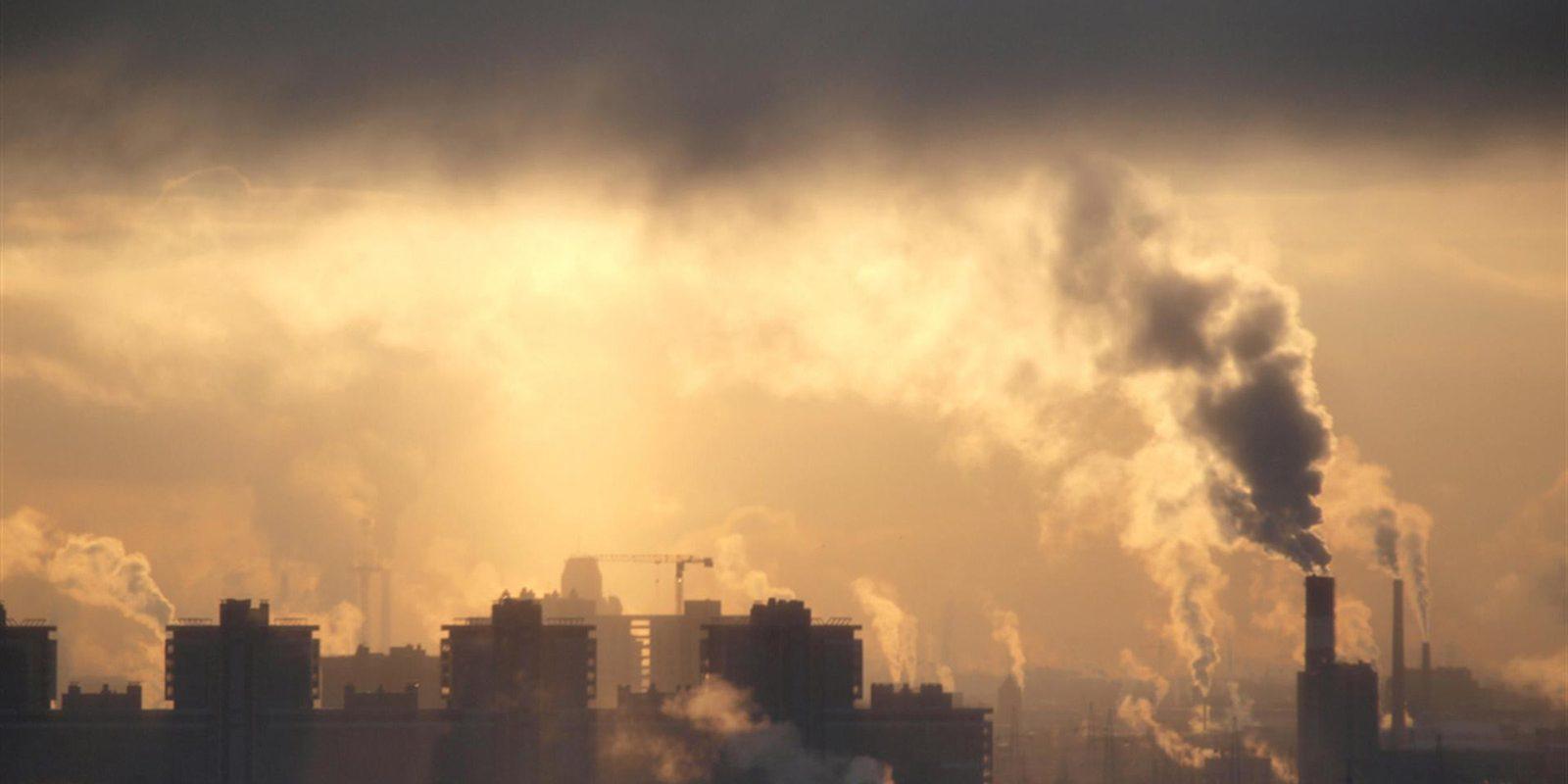How is managed the process to set up the calls of proposal in Horizon 2020? A good example of its functioning has been given by the stakeholders consultation, ended in June 2014. The consultation is the first step towards the definition of 2016-17 working program for the Societal Challenge 5, the one dealing with environmental issues. The preliminary results have been published some days ago and showed stakeholders’ main concerns and needs. A general consensus arose on the need of much more interdisciplinarity, together with policies and actions to improve the awareness of the ‘civil’ society on environmental issues.
The H2020 Societal Challenge 5
H2020 has been set up upon three main pillars or priorities: generating excellent science, creating industrial leadership and tackling societal challenges. The latter, in particular, has been seen as the major economic growth driver, since the general paradigm of Horizon 2020 is to create a “smart, inclusive and competitive” economy. In particular, Societal Challenge 5 is about scientific research on climate action, environment, resource efficiency and raw materials. The aim is to “achieve a resource – and water – efficient and climate change resilient economy and society, the protection and sustainable management of natural resources and ecosystems, and a sustainable supply and use of raw materials, in order to meet the needs of a growing global population within the sustainable limits of the planet's natural resources and eco-systems.”
The stakeholder consultation
The consultation was conceived to identify potential areas and actions to improve the next work program 2016-17, in order to make it more democratic, user-driven and financially efficient. To do so, the main stakeholders, such as research institutions, universities, private company and NGOs, were asked to reply to seven broad questions.

Figure 1. The questions in the consultation (source)
Preliminary results
139 stakeholders replied to the questions. Most of them (83 percent) were organizations, mainly academic institutions and association. 22 percent of the answers came from industry or industry association. Generally speaking, despite a wide consensus that cities and buildings are the key areas for research and innovation, the consultation has shown a fragmented bunch of requests. This, maybe, can be explained by the kind of questions posed: in other words, broad and open questions could not be the right way to truckle the issues of such a wide societal challenge.

Figure 2: Respondents by nature of organization (source).

Figure 3: Respondents by country (source).
Anyhow, some general issues have been found:
- the request for interdisciplinarity of R&I actions, particularly those including social scientists in projects,
- the need of more holistic/systemic approaches, able to interconnect disciplines and communities,
- a requirement to improve stakeholders participation and engagement, connecting academia and industry (large companies and SMEs), but also local players, end users and citizens.
The framework of these needs seems to be the necessity of changing production and consumption patterns towards a circular economy/systemic eco-innovation. Stakeholders seemed to be aware of the difficulty of establishing such a new paradigm, so they proposed a policy-mix, including regulation, taxation, public procurement and awareness-raising measure. Another general concern of the respondents was that they believe society is not fully aware of the environmental problems and potential adaptation and mitigation. In order to face that, many respondents proposed to implement large-scale pilot projects and “living labs” to test, demonstrate and increase social awareness, while developing new markets. “Such projects would provide quantitative information on the value of, for example, nature-based solutions and enhanced understanding of the multiple functions of ecosystem (e.g. food, water, energy, water catchment, climate change mitigation, tourism/economic benefit, spiritual value)”. Moreover, some respondents asked the Commission to implement longer projects, for example, when Technological Readiness Levels (TRLs) are low.
The path towards 2016-17 calls of proposals
This consultation is the first step in the long rush to define the 2016-2017 work program. In parallel, other main stakeholders has been consulted on similar questions, such as the European Technology Platforms, the European Innovation Partnerships, the Joint Programming Initiatives, etc. In the second part of this year, all the questions risen up by these consultations will be part of an exchange with the Member States. After that, in the first half of the 2015, the Commission will develop the content of the 2016-17 work program, taking into account the answers of the consultation and then, in summer 2015, there will be the adoption and publication of the calls for proposals for 2016-2017 period.


